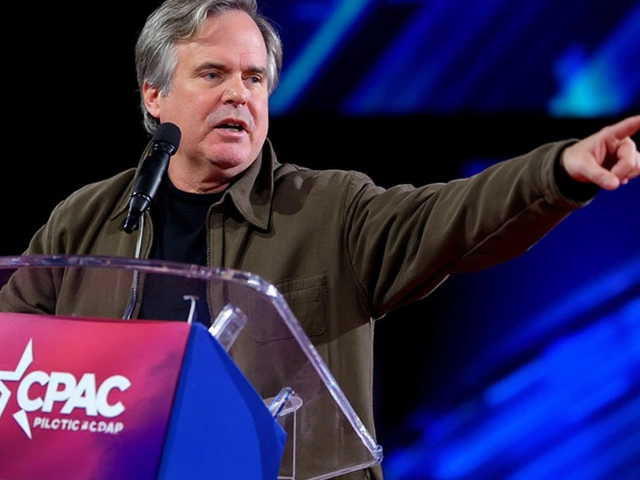Forest Fire Facts: How Wildfires Start, Spread, and What You Can Do
Forest fires are more than just a headline. They can destroy homes, wildlife habitats, and air quality in a matter of hours. Knowing the basics helps you spot danger early and act fast. Below you’ll find the most common reasons fires start, how they move through the forest, and practical steps to keep yourself and your property safe.
Why Forest Fires Ignite
Most wildfires begin with a spark. In dry seasons, a single lightning strike can ignite dry grass or fallen branches. Human activity is another big factor – campfires left unattended, discarded cigarettes, or even a careless BBQ can set the whole area ablaze. Machinery that overheats or creates sparks, like chainsaws, also adds risk.
Fuel plays a huge role. When leaves, pine needles, and dead wood dry out, they become tinder. The more continuous the fuel, the faster the fire spreads. Wind is the silent accelerator – a gentle breeze can push flames across a hill, while strong gusts can launch embers miles away, starting spot fires.
Keeping Safe When a Fire Hits
First, stay alert. If you hear a fire warning or see smoke, treat it as a real threat. Have an evacuation plan for your home and know at least two routes out of the area. Keep important documents, medications, and a small emergency kit ready in a bag you can grab quickly.
If you’re caught outside, drop to the ground, cover your mouth with a cloth, and move low to avoid the heat that rises. When fire approaches a building, close all doors and windows, turn off vents, and seal gaps with wet towels if possible. Fire‑resistant roofing and cleared space around your house can buy you precious minutes.
After a fire, don’t assume the danger is over. Hot spots can reignite days later. Check for scorched branches, cracked trunks, or smoldering debris. Contact local fire services for a safety inspection before moving back in.
On a community level, clearing dead vegetation, creating firebreaks, and using controlled burns can reduce the fuel load. Many towns run “Firewise” programs that teach residents how to make their yards less flammable. Getting involved in these projects not only protects your property but also helps your neighbors.
Finally, remember that prevention starts with simple habits. Always fully extinguish campfires, never toss cigarettes on the ground, and follow local fire bans. If you see someone lighting a fire in a restricted area, report it to the authorities.
Forest fires are powerful, but with the right knowledge and quick actions you can reduce the risk and protect what matters most. Stay prepared, stay aware, and keep your community safe.

Pakistani TikTok influencer Dolly faced fierce backlash and legal charges after posting a video in front of a forest fire during a brutal heatwave. Accused of starting the blaze for social media clout, she denies involvement. Authorities and environmentalists warn of the dangerous trend, as wildfires threaten precious habitats.
Continue Reading





